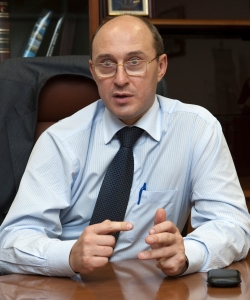 The KOMKOR operator (“AKADO Telecom” trade mark) became the information partner of RUVOD. Dmitry Medvedev, technology Director of “AKADO Telecom”, expressed his expert opinion on the prospects of DOCSIS 3.1 technology and its implementation on a network “AKADO Telecom”.
The KOMKOR operator (“AKADO Telecom” trade mark) became the information partner of RUVOD. Dmitry Medvedev, technology Director of “AKADO Telecom”, expressed his expert opinion on the prospects of DOCSIS 3.1 technology and its implementation on a network “AKADO Telecom”.
The debate about the prospects of DOCSIS technology began in 2013, when the CableLabs Company announced the completion of the latest development of standard 3.1. Experts predicted that in 2014 the first samples of the equipment will be presented, and then the active implementation of version 3.1. will begin, the main advantage of it is ultra-high-speed of Internet. Due to the high network bandwidth using DOCSIS 3.1., cable operators also have the option to stream video content of higher quality, including in IP format. It was even said that this standard would have its own name and logo.
However, after four years in the global market still there is no unified opinion on whether you need this technology at all and whether its use is needed. Sometimes there are reports on the development of equipment and new production models, creating nodes of DOCSIS 3.1, successful tests on HFC network, preparation of network of operators to launch technology. In 2016, Finns were all ahead: local telecommunication company “DNA” has set a record speed of data transmission in the networks of Europe, setting the speed 3,055 Gbps using DOCSIS 3.1. But that`s all.
A possible reason may be in the fact that the operator community does not see a strong motivation for the development of 3.1. At least, in near future. I think, the most probable reason of refusal from this version in favor of other technologies (even they are not such high speed), is the high cost of the solution. For example, in rich Taiwan, where 35% of the populations use the Internet in the expensive package (almost $114), the operators are unable to find the money for transfer network to 3.1. The introduction of DOCSIS 3.1, indeed, requires a serious investment in main equipment, replacement of optical nodes, the construction of new optics where it is needed. According to rough counting, the funding for the launch of this standard in Russia could be hundreds of millions of rubles.
“AKADO Telecom” is one of the first Russian operators that have commenced implementation of DOCSIS 3.1., focusing on its own vision of the market situation and development strategy. It is primarily for the company to consolidate its position in the segment of Internet services: today AKADO is one of the leading broadband operators in Moscow. In November 2017 the company announced the results of the first stage of conversion of HFC network to DOCSIS 3.1., after completing laboratory testing of network and customer equipment. In the second phase, “AKADO Telecom” will install new equipment in the experimental area in one of the districts of Moscow. Full testing cycle will be completed in 2018, after that DOCSIS 3.1 is planned to be extended to the entire network of the provider.
So what are the benefits of this technology for operators and users?
It is in increase of the speed of your Internet connection up to 2 Gbps and more in the direct channel, which is the maximum speed of GPON technology and up to 100 Mbps in the reverse channel. Plus 50% increase of spectral efficiency, the availability of new mechanisms to ensure QoS, better support for multicast and maintaining backwards compatibility with DОCSIS 2.0/3.0.
While DОCSIS 1.x/2.0 has given the opportunity to make “triple play” services (DVB-C, TV + HSD + telephony), DOCSIS 3.0 increased speed in the tariff plans of subscribers to tens or hundreds of Mbps (tariff plans of “AKADO Telecom” include Internet speeds up to 200 Mbps), DOCSIS 3.1., in addition to high-speed transmission allows you to provide all IP services to HFC network, including telephony and digital interactive television.
Some technological solutions used in DOCSIS 3.1 equipment allow operators to stop analog network of distribution of TV signal, to use a single data network with IP Protocol, and to generate the required digital TV stream directly into the house distribution network.
In addition, the use of IP Protocol expands the ability of providers to bring new line of services to the market, for example, allow you to organize access to paid TV channels on any modern platform – smartphone, tablet or laptop. And all this goes by a single cable which is already laid in the apartment. The subscriber does not need a separate coax cable for DVB-C and a separate twisted pair for data transmission and IPTV/OTT. Using DOCSIS 3.1. , cable operators get the ability to stream more video content, including 4K format. This is another plus.
In October, 2017 it came out that CableLabs has developed a new amendment to the DOCSIS 3.1 standard. The goal is to eliminate the asymmetry of the communication channel, i.e. a significant difference between the speeds of receiving and sending data. After this amendment, the transmission and reception of data will be possible at up to 10 GB/s speed. DOCSIS 3.1. has great potential, a lot of advantages and almost no drawbacks. This is a truly unique technology, which can be described very briefly and succinctly: “the One Cable. All IP”.
SOURCE: AKADO

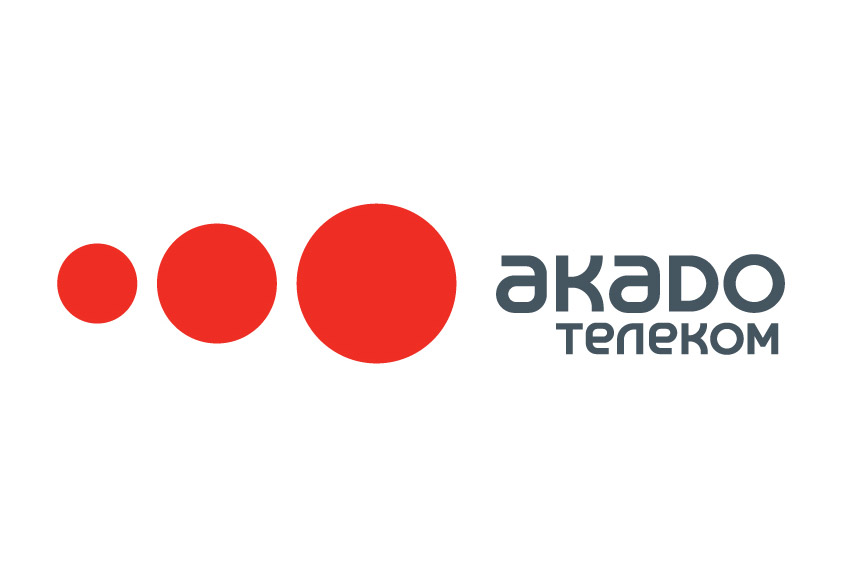
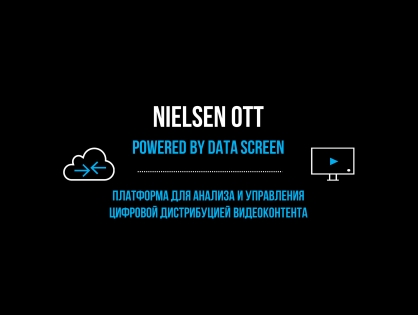
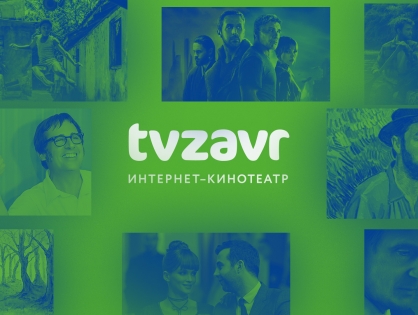
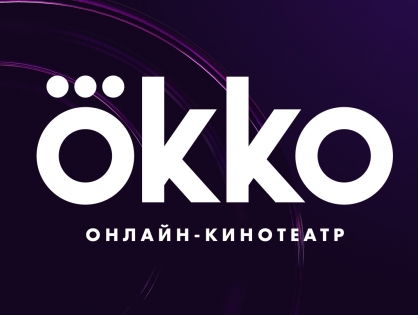
Отправить ответ